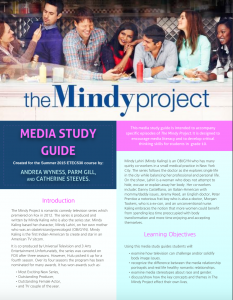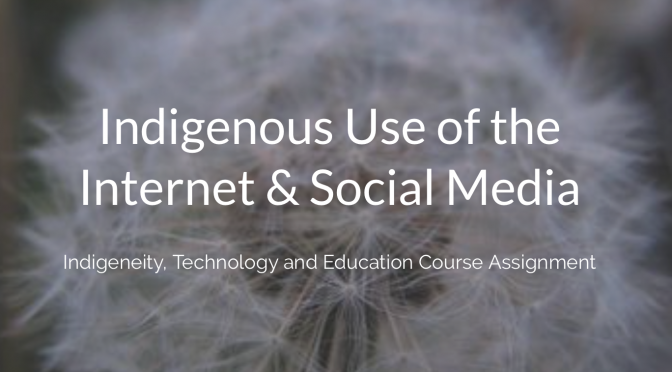Web of Learning Artifact Collection
This entire e-portfolio is a result of the work I’ve done during the MET program. This capstone project for the ETEC590: Graduating Project course required a more thoughtful artifact selection process, which “demonstrate achievement of specific standards or goals” (Barrett, 2000).
It’s my personal goal to continue with exploring educational technologies, learning and trying things which are new to me. Because of those values I decided to present my e-portfolio artifacts using StoryMap JS. This is the first StoryMap I’ve created. In essence I ended up doubling the workload for myself. However, as result of the extra effort my e-portfolio viewers are able to see the 10 artifacts I selected presented through another medium.
If you are having trouble viewing the multimedia StoryMap graphic above, or you want to see a full screen version, visit this link: http://ow.ly/4fkk303S7Lu
The artifacts shown in the StoryMap are all the same artifacts as what is presented in this e-portfolio, just in a different format.
References
Barrett, Helen. (2000) The Electronic Portfolio Development Process. Chapter from American Association for Higher Education (AAHE). Retrieved from: http://electronicportfolios.com/portfolios/aahe2000.html


